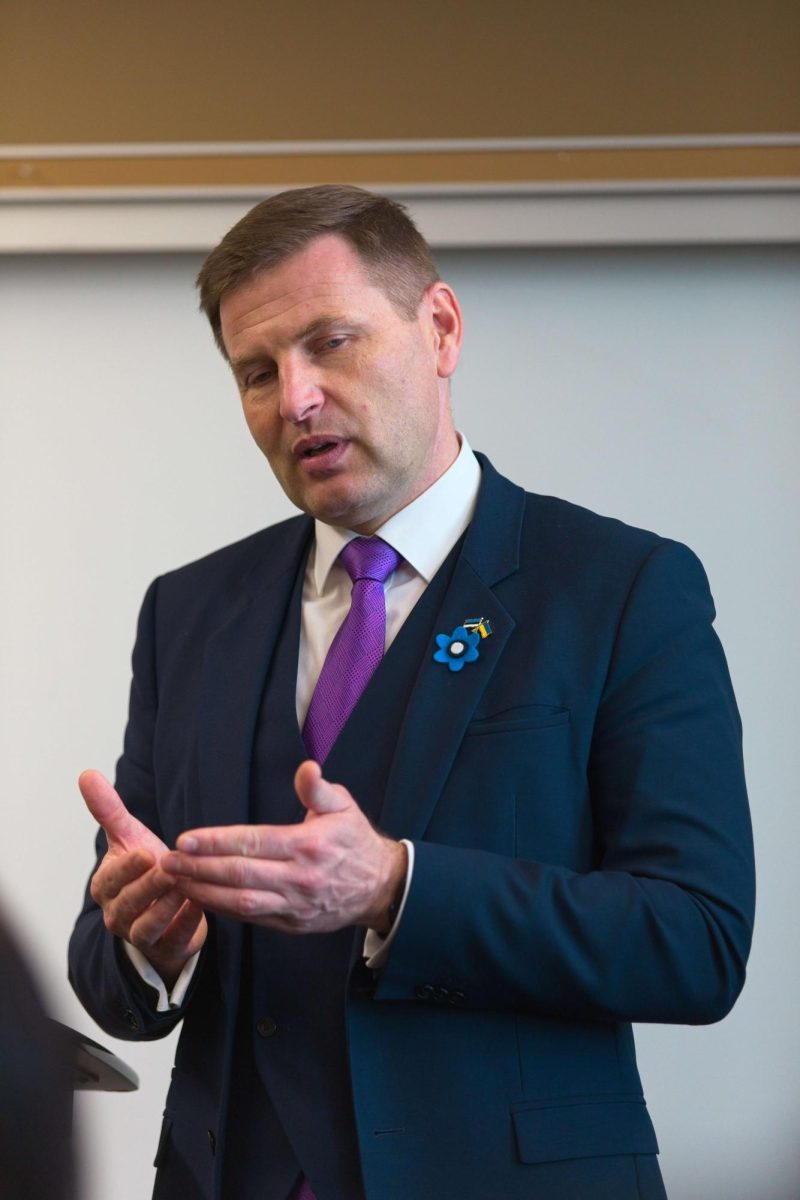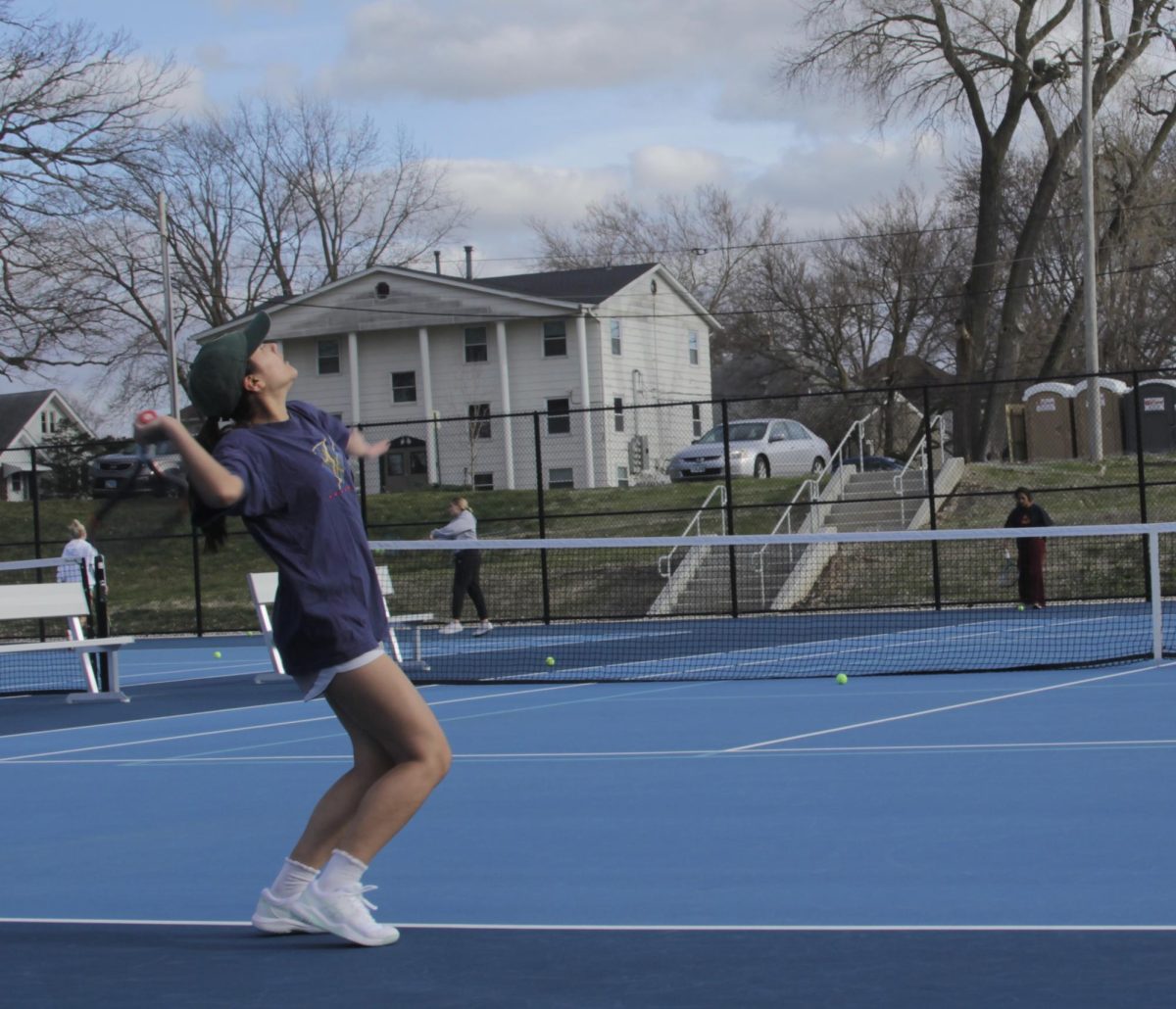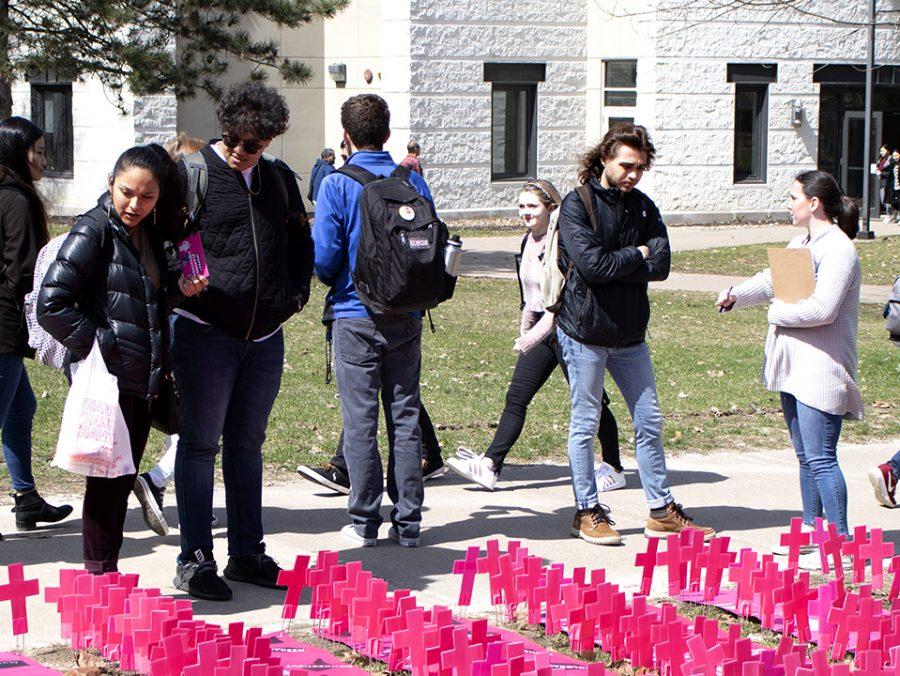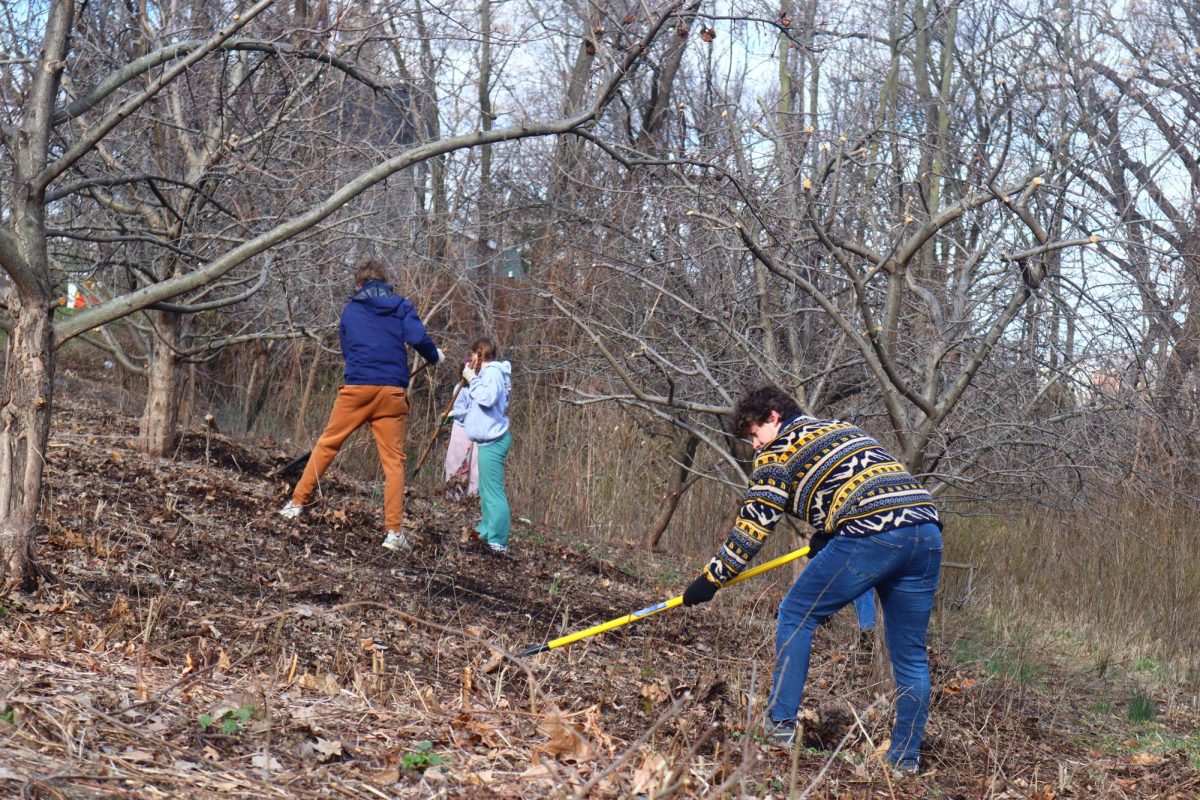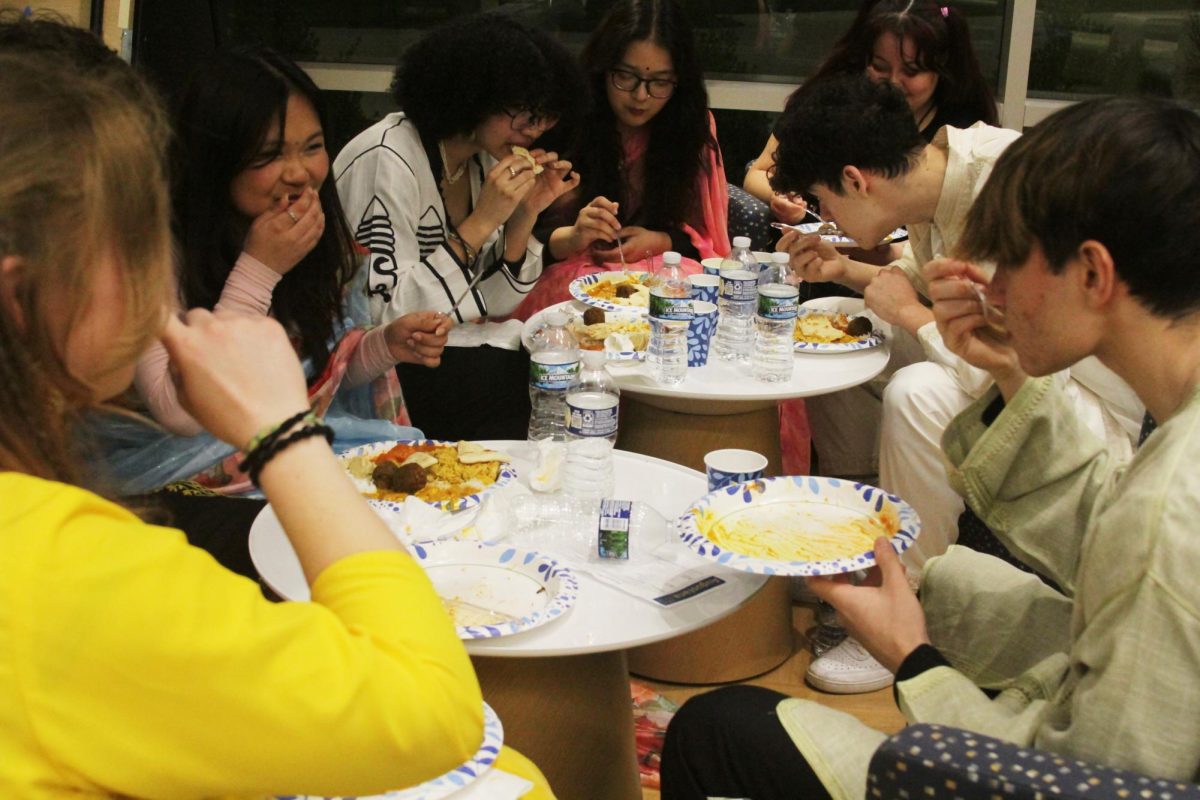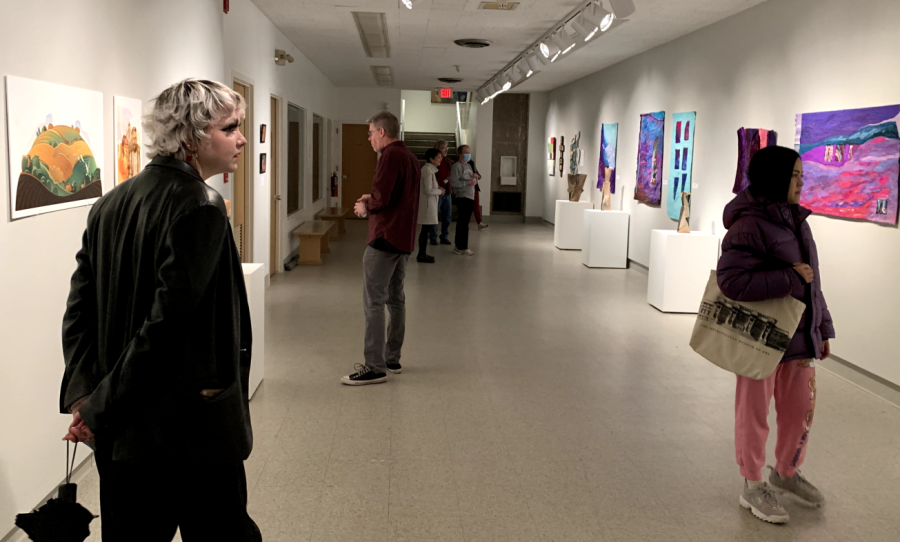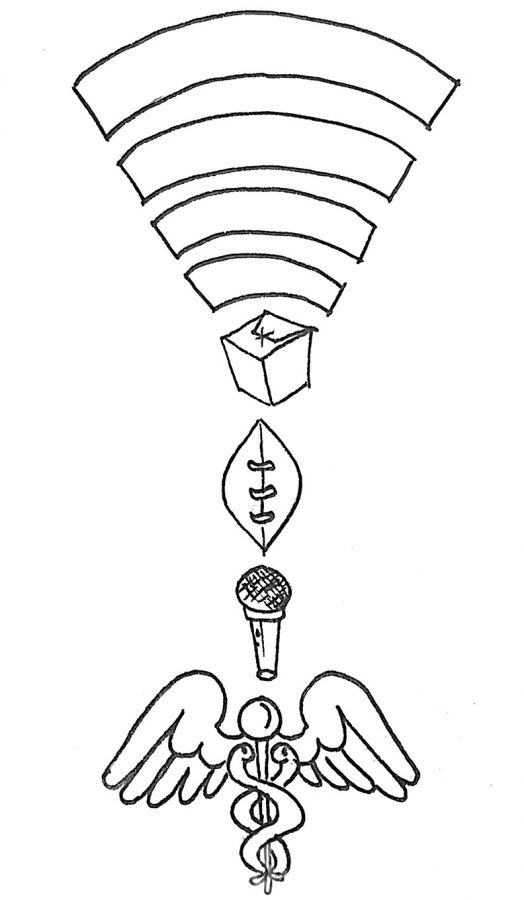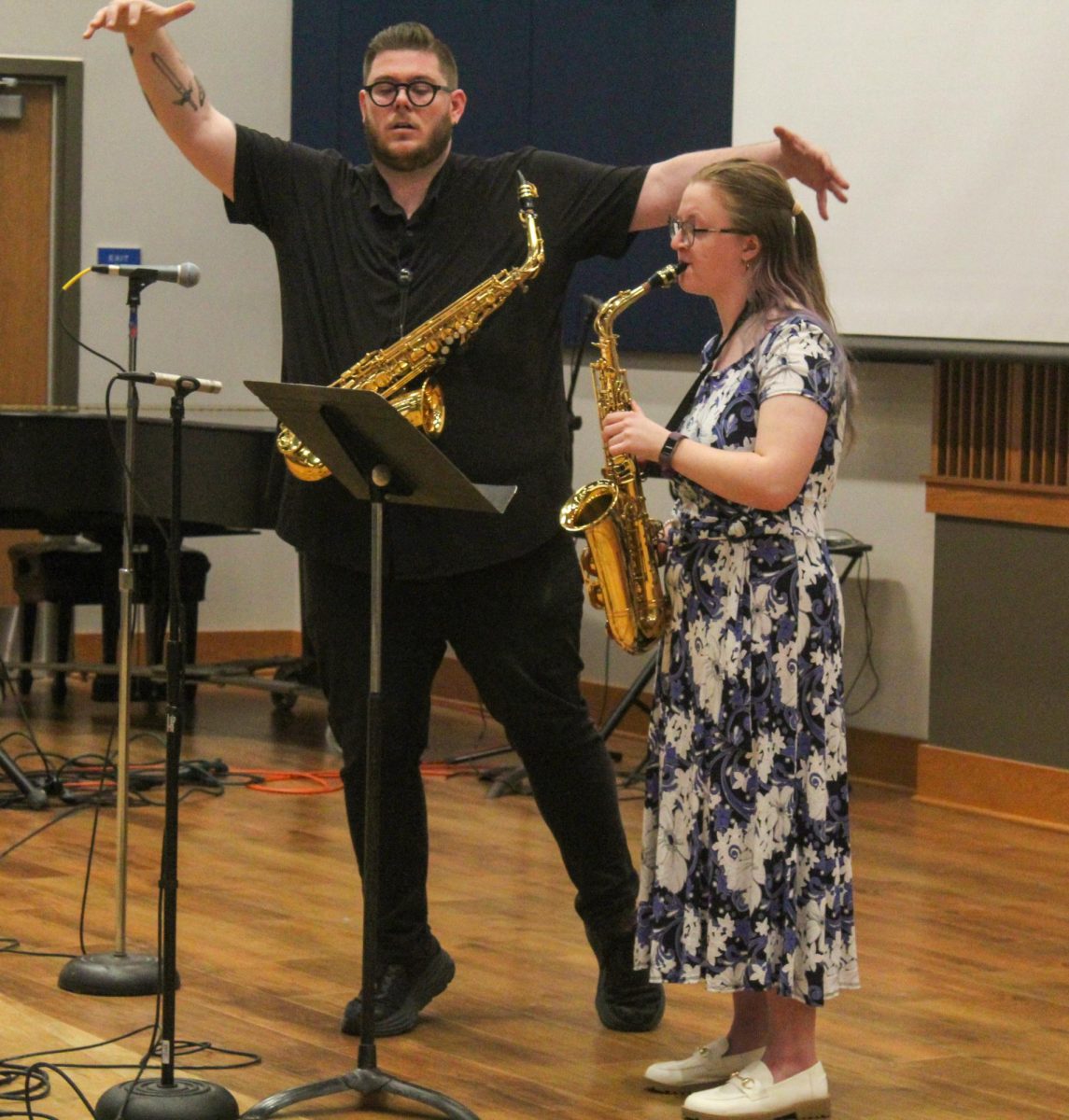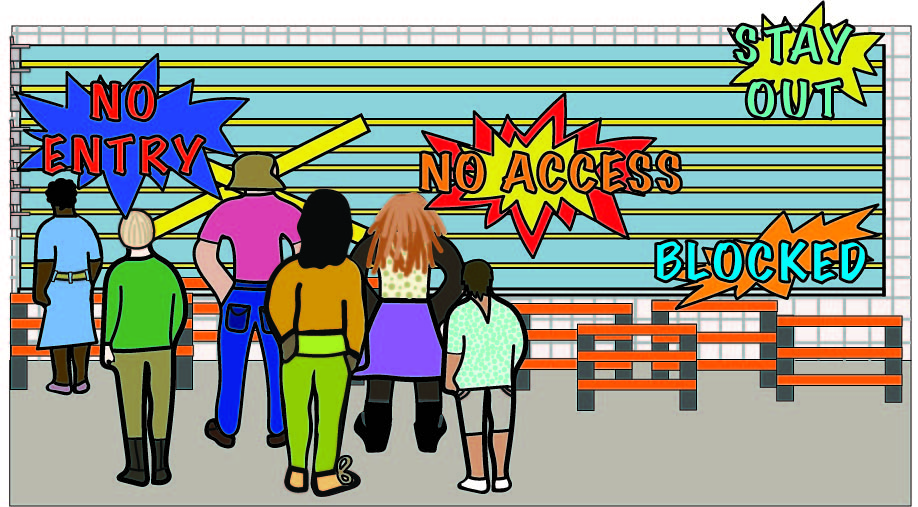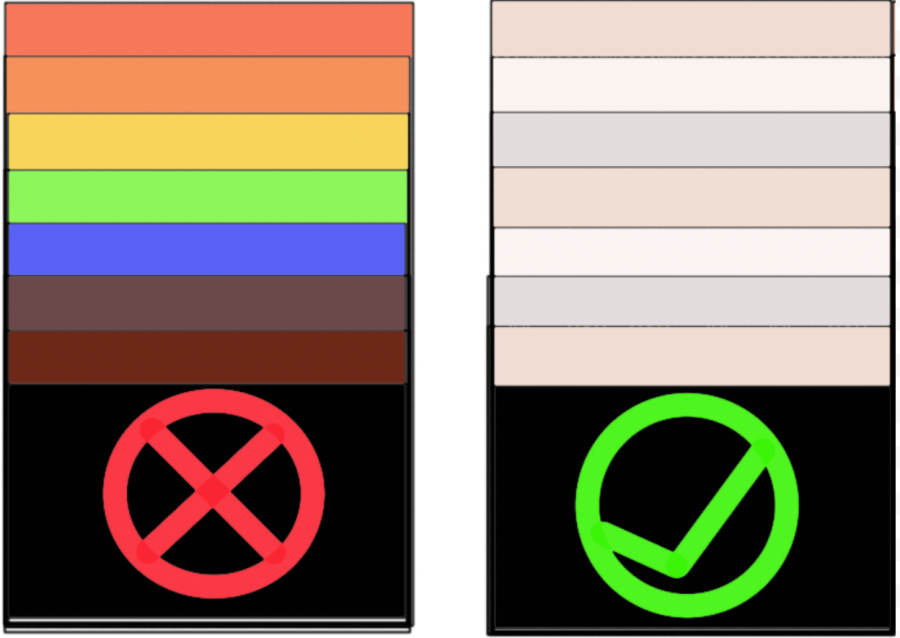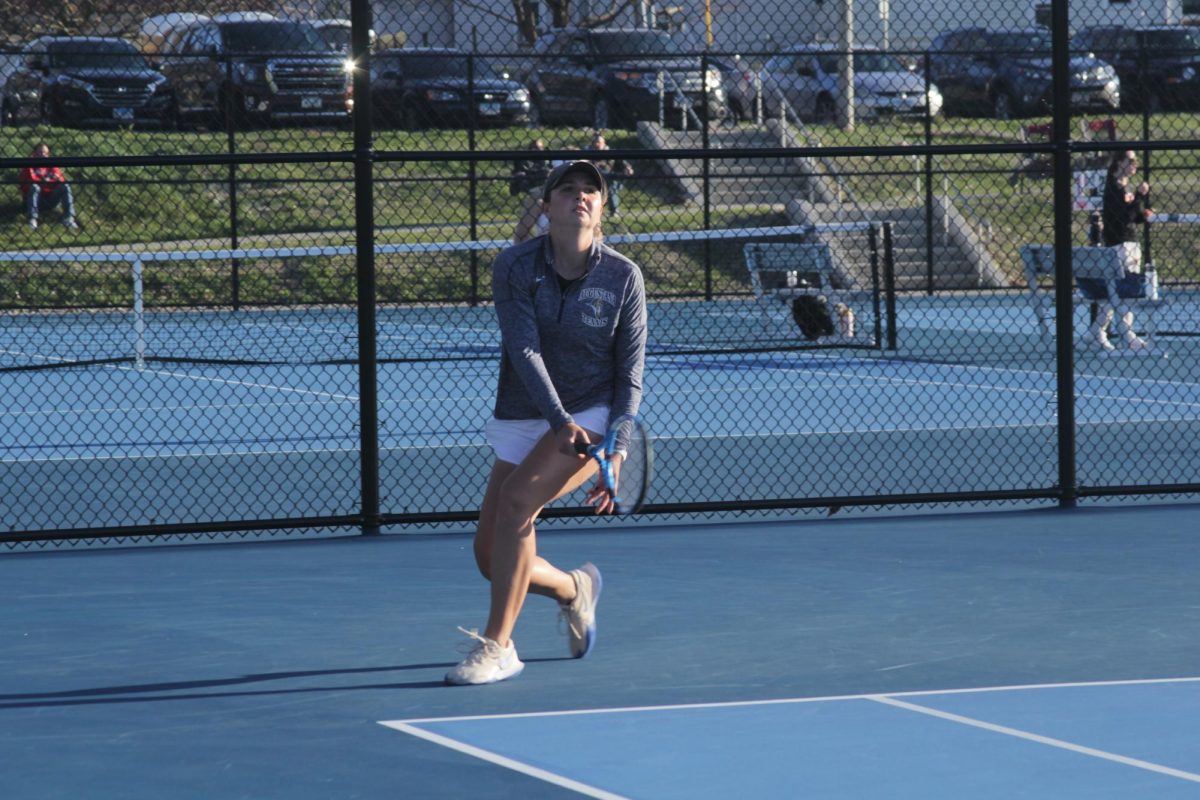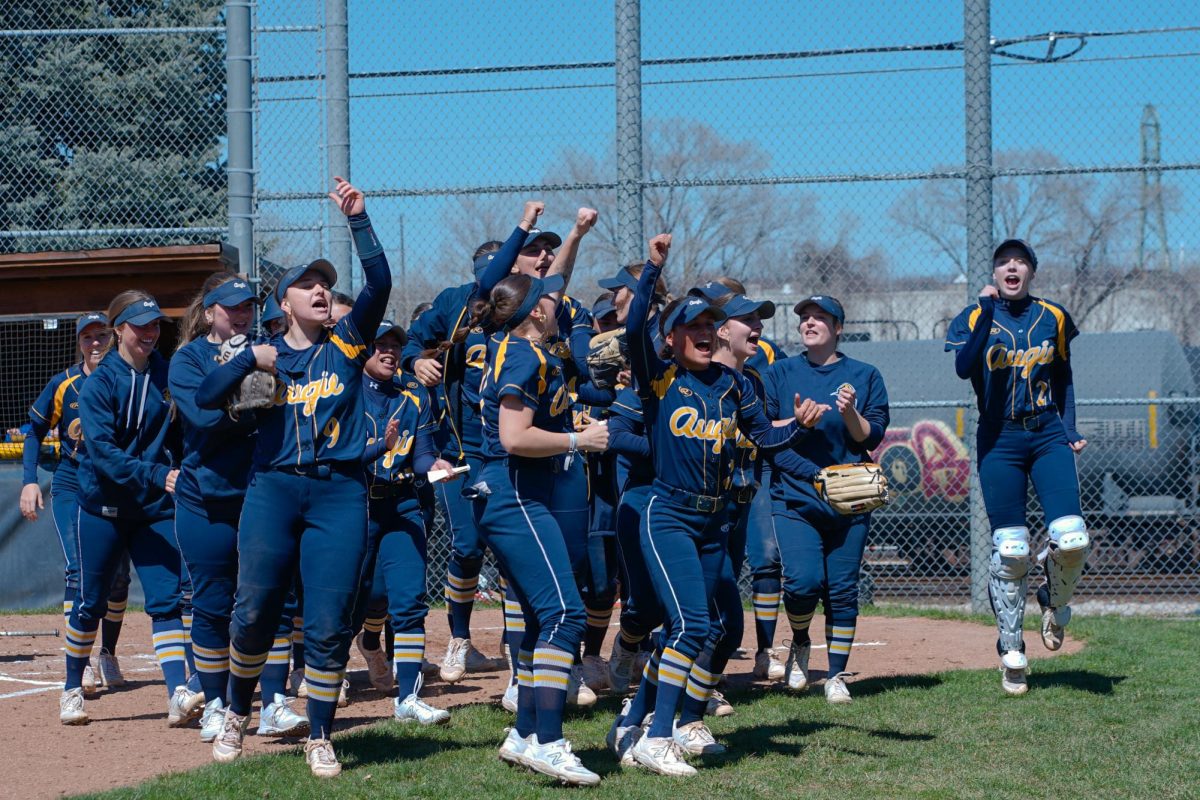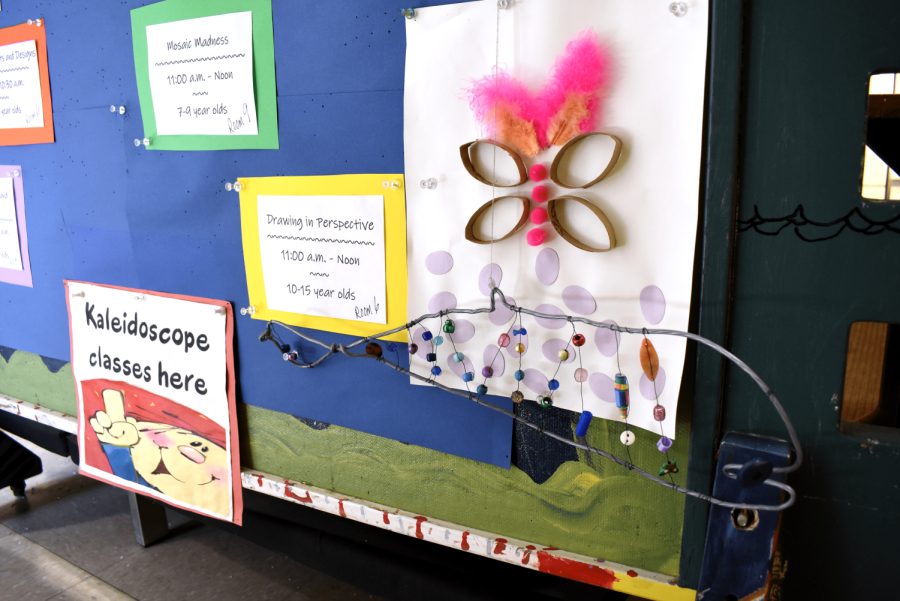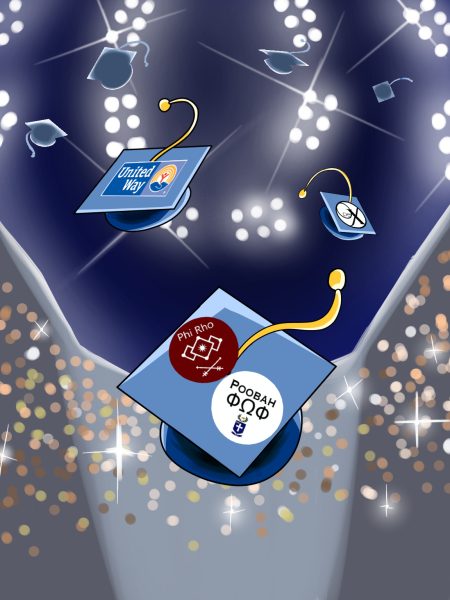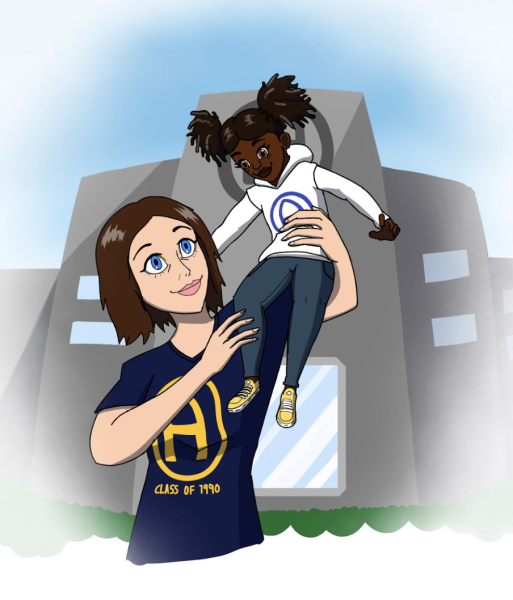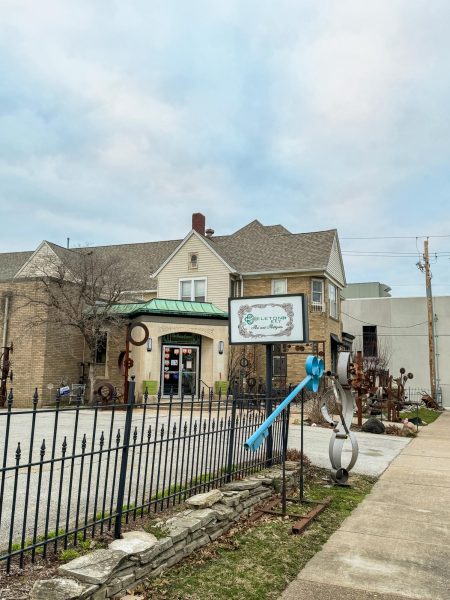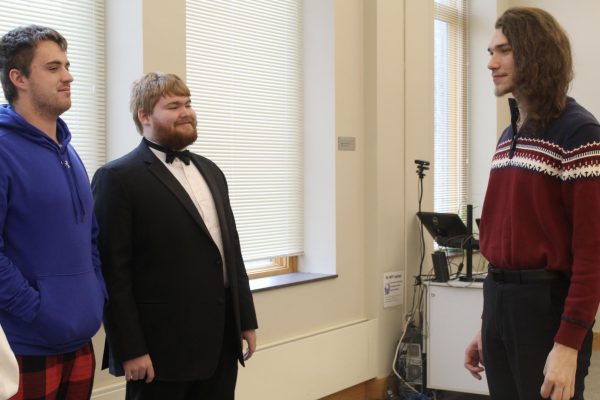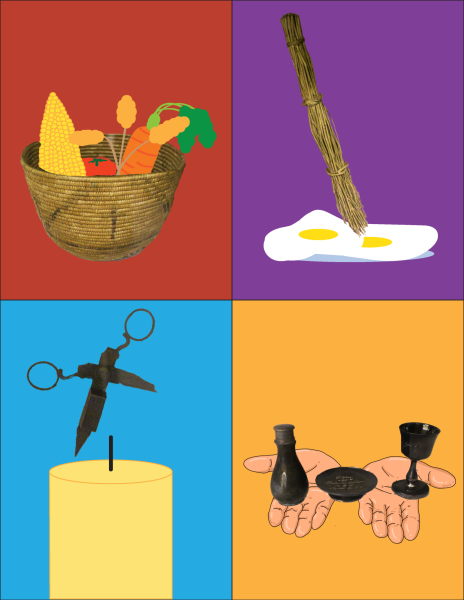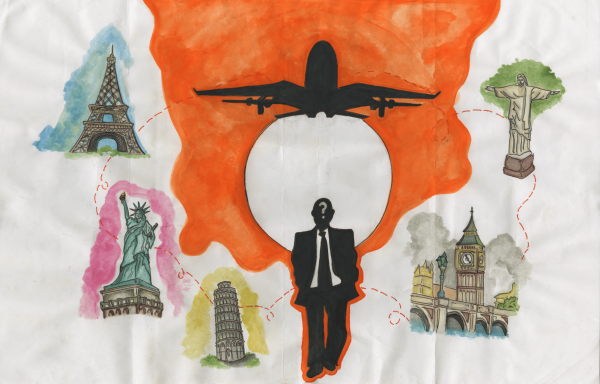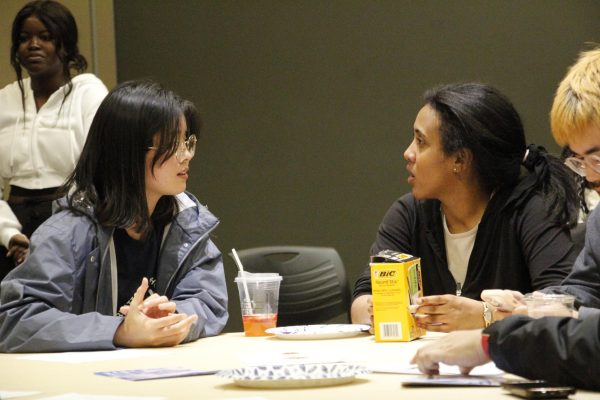Quad City children get crafty with Kaleidoscope art classes at Augie
March 4, 2023
Art allows people of all ages to stretch their creativity and make something unique. For kids, the satisfaction of molding a favorite animal from clay or completing a one-of-a-kind-drawing to be proudly displayed on the fridge is unmatched.
The Kaleidoscope program focuses on this love of imagination and creativity, providing children from the Quad Cities an opportunity to use these skills by participating in art classes at Augustana.
Since the program was started by Professor Rowen Schussheim-Anderson in 1982, it has been a hit with kids from all over the Quad Cities. It has become a sort of staple in the community, with lots of involvement from kids and college students alike.
“The idea is to offer a program that’s affordable and to have the children experience a variety of media and methods,” Schussheim-Anderson said.
During the school year, the classes take place on Saturday mornings, but there are also some sessions scheduled around holidays and even a summer program as well.
Kaleidoscope is about the joys of creativity and having the space and materials to explore. The program provides a lot of different projects for kids, and therefore a lot of ways to show their own creativity.
“To me, art is a really important vehicle for all of us to be able to express ourselves, and so we provide opportunities for children to be able to express themselves creatively and experiment and innovate in a very kind of warm and nurturing environment,” Schussheim-Anderson said.
Activities for children in the area are important to local families, and the community appreciates Kaleidoscope and Augustana’s effort to create one that’s so unique.
“I think that for parents, it’s kind of thought of as sort of a cultural thing for children to do in the area,” Schussheim-Anderson said. “It’s kind of fun to be on that fun to-do list for families looking for things to do with children.”
Even though the kids eventually age out of the program, some end up returning to Augustana during visits to the college or as art students. This connection to campus showcases the impact this program is capable of making. Schussheim-Anderson enjoys when these kids return to campus and have a connection from when they were little.
Kaleidoscope is a special program, largely because of its attendees.
“I think that the most important component is what the kids bring to it, which is their own excitement and creativity,” Schussheim-Anderson said. “[The] thing that’s fun about it is that kids really want to come.”
Enthusiasm is key when working creatively, and these kids are constantly putting their creative spirit into their work, making it rewarding for them and the teachers.
Besides local families enjoying the program, Augustana art students also gain a lot from Kaleidoscope. Working with a wide age range of children makes the job interesting and helps to provide insight into some students’ career goals.
For sophomore Emma Gocken, assisting with Kaleidoscope has been helpful to learn what being an art teacher can be like.
“I worked with four to six year olds, which was my first time working with kids that young,” Gocken said. “I was really excited about it because I’m an education major.”
Education majors getting real-world experience is an example of Kaleidoscope serving not only the community, but Augustana’s students as well. It’s refreshing for them to work with kids and see their creativity shine.
Student workers need to be adaptable because kids can be unpredictable, but it gives them experience as a result. Helping with the program allows these students to work in a creative space and gain some knowledge on how some art careers can be.
“It’s an on-campus job, so we get paid to do it,” Gocken said. “We’re basically assistants to the teacher, but for me, being an ed major, it’s really good experience working with kids because I want to teach art specifically.”
However, working with kids is not always easy, especially with younger ones. “They’re a feisty group,” Gocken said.
A child’s imagination results in a different thought process than an adult’s, and this can create unpredictability.
Sophomore Laura Makari agrees that working with kids can be challenging.
“For me, I’ve learned patience,” Makari said.
Kaleidoscope lets student workers not only teach art classes, but also learn about interacting with others in the workplace. This makes it a rewarding experience for the college students, as it helps prepare them for a future career.
Teachers and multiple student workers have to be on the same page when it comes to strategies and what projects they are trying to complete. The workers have to compromise and occasionally think outside the box.
“You get to learn a lot about yourself, how creative you can get. You get to trust your own skills [and learn] how to work with other professionals [and] other students,” Makari said. “It wasn’t as easy as just showing up. You have to be in agreement and to learn how to make it easier.”
The student workers also see the goal of Kaleidoscope as creating both art projects and an important emphasis on creativity in children’s lives.
Art is sometimes an undervalued subject, and Kaleidoscope helps give more weight to it. The kids get to spend some time just being creative without having to worry about other assignments or subjects.
“Especially today, there’s a lot of pressure put on math and English and science and I think it’s important to teach kids that they can be good at other things too,” Gocken said. “Art is a good way for kids to relax… they just find it fun and I think giving them that enjoyment is the most important part.”
The project options for kids change frequently, as the teachers constantly change. This allows for lots of new mediums to be taught and interest to remain high for the kids coming to class.
Popular classes teach puppetry, calligraphy and basic drawing. Additionally, some classes and projects depend on a chosen theme such as “my animal friends” or “around the world.”
The variety of teachers for these classes make the program so successful. To allow kids to work with different kinds of materials, many teachers are brought in with different areas of expertise.
“We have some elementary art teachers who teach elementary art, we have teachers who are artists themselves… the person who teaches the puppetry classes, he makes puppets, he’s a professional,” Schussheim-Anderson said.
Creativity is never in short supply between the participants and the teachers. Kaleidoscope has a way of bringing together a bunch of dedicated individuals who all have the same desire to appreciate art and enjoy thinking creatively.
“Not only do the children want to be there, but the teachers want to be there,” Schussheim-Anderson said. “[The teachers] give up their Saturdays. A lot of them teach Monday to Friday, and then they also come on Saturday.”
Although the projects go home with the kids after being completed and they aren’t showcased on-campus, the kids celebrate their work in their own way.
“I think it’s pretty exciting to see them leaving holding what they did that day with big smiles on their faces,” Schussheim-Anderson said.
The children attending are gaining experience with creative processes and materials, as well as a sense of confidence and pride in themselves.
“For the kids, they learn a lot of creativity just because it’s more of them doing what they want to do. We just guide them on how to do it,” Makari said. “I think it’s more [about] learning how to trust their own mind and instincts. Because there’s no one to tell them exactly how to do this, it’s just this is the idea…from there, pick it up for yourself.”
Freedom to experiment and do what the kids enjoy makes Kaleidoscope such a valuable experience. Giving a starting point and then letting the kids’ minds run with the idea allows for some unique perspectives and fun creations.
One project that the younger kids completed involved molding caterpillars after reading “The Hungry Hungry Caterpillar” by Eric Carle.
“They had to make caterpillars out of modeling clay and use pieces of spaghetti noodles as the legs, and they had a great time doing it,” Gocken said. “Some of those caterpillars had legs sticking out all over the place. It was just so fun to see… [It] gave me a good laugh.”
Not only are the kids expanding their creative horizons, but the student workers are as well. Sometimes, being creative involves thinking of the projects for the classes themselves.
Makari expanded her creative horizons while working with Kaleidoscope.
“You get to see a side of you that you didn’t know you have in terms of art,” Makari said. ”Personally, I was paid to teach the teenagers for two classes. They were doing a spaceship type of project, and they [were] told to use foreign materials to come up with a sculpture of space, and I was like, can I do this?”
These kinds of fun art projects that make all the participants think outside the box encourage creative thinking, which can be a helpful problem-solving strategy for these kids as they get older.
Between engagement from the kids, teachers and student workers, the program is able to truly create a space to encourage imagination.
“I think the way that I see the children’s excitement and seriousness and ability, their imagination, all that is what I find the most rewarding,” Schussheim-Anderson said.

